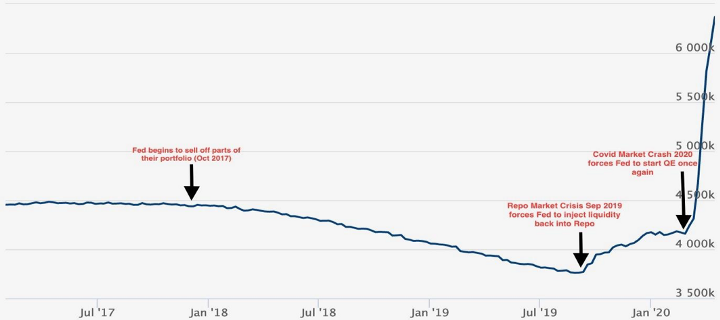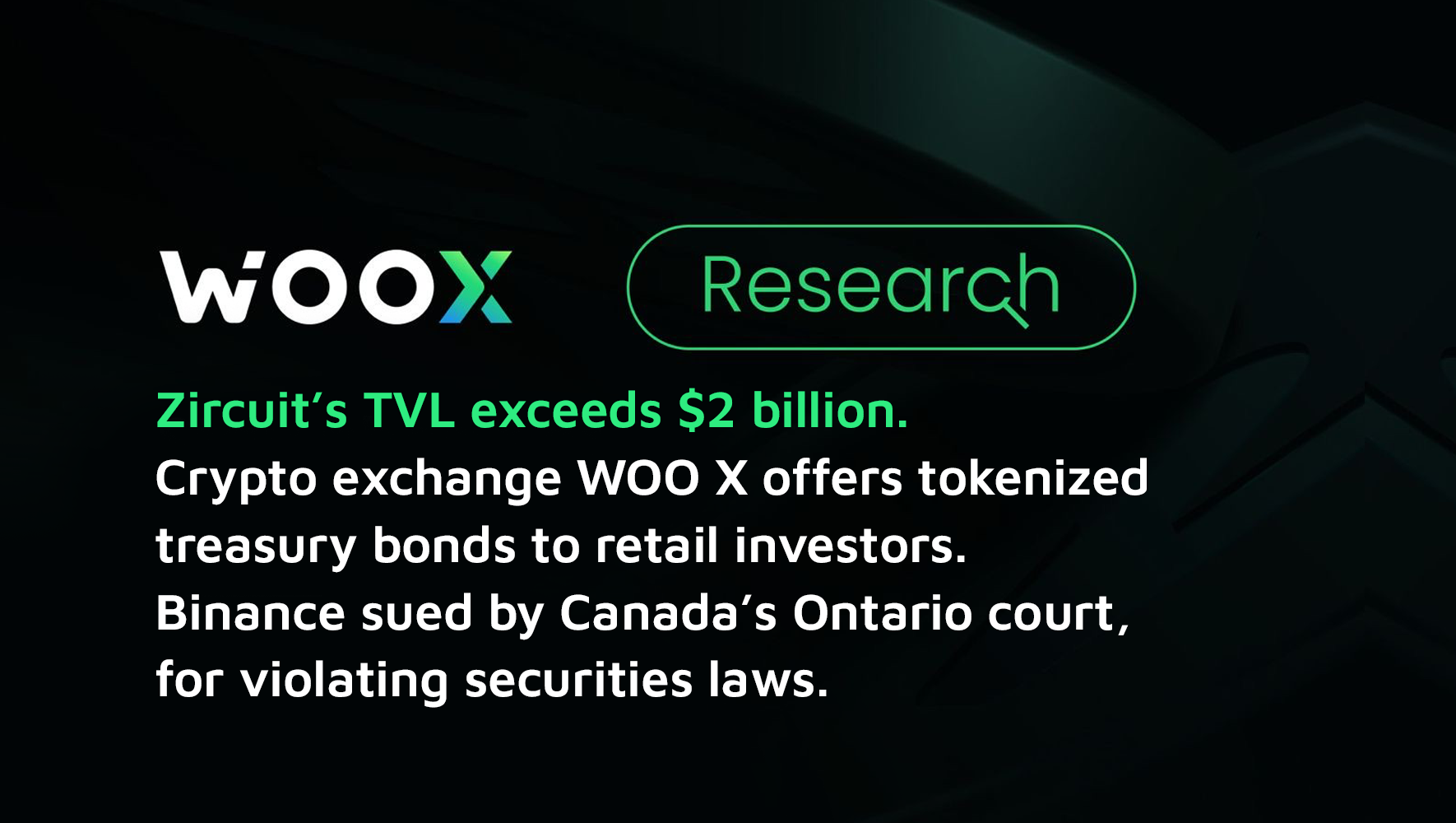Repo Market Crisis Events
Clearly, the repo markets provide critical value to the overall financial system. However, it comes at the cost of the entire financial system remaining susceptible to a destabilizing run on short-term debt. Yale Professors Gorton and Metrick concluded in their research that the 2008 financial crisis exemplified this exact risk because the financial collapse was essentially a run on the securities offered as collateral by the banks.
The post crisis regulations succeeded in restraining the banks, but as U Chicago Professor Cochrane claimed, the regulations did very little in the way of limiting short term debt. As a result, the “shadow banking” system remains as large as ever. The US repo market is still roughly $4 trillion in total outstanding repo/reverse repos with overnight repo’s accounting for 68% of all outstanding volume.
The main issue in 2008 was the quality of the collateral, but the quality of the collateral is not an issue in the present market. Rather, the main concern in a system in which the ratio of total financial assets to base money base is so high is a situation that leads to a demand for cash that far exceeds the available supply.
The markets discovered the answer to this question on September 17th when the repo market had effectively frozen. The intraday overnight repo rate rose to over 10% in a matter of hours but there were still no cash holders willing to lend. The Fed shortly afterwards announced that they would offer $75 billion in daily short-term support to repo market with an additional $35 billion twice a week over a longer period.
Further analysis into the situation showed that this occurred largely due to the combination of the three factors below.


In the BIS repo market year end assessment, Scott Borio added that September’s dislocation suggests that repo markets may again find themselves in the eye of the storm should financial stress arise at some point. By March 13th, Scott’s statements became reality as the fallout from the coronavirus peak had reached its peak and a new crisis emerged.
“Too big to fail is back, and this time it’s not the banks, it’s levered financial institutions,” said Mark Yusko, the chief executive officer of Morgan Creek. The trades that were once popular with banks before 2008, had been taken over by hedge funds because of the higher capital charges and their ability to take on more risk. These funds found themselves in a similar situation as the banks in 2008. Just like in 2008, allowing the market to rebalance itself without intervention would cause a mass selloff event that could allow a liquidity crisis spiral into a solvency crisis.
The only option for the Fed was to immediately inject additional liquidity. On March 13th the Fed announced it would inject $1.5 trillion into the repo market with an additional $500 billion a week after. The catalysts of the 2008 and 2020 crises are completely different, but the end results are essentially the same. The markets, in the end, needed unprecedented levels of support from the Fed.
SOURCES
9.Cheng, Jeffrey and David Wessel. (2020 Jan 28) What is the repo market and why does it matter? https://www.brookings.edu/blog/up-front/2020/01/28/what-is-the-repo-market-and-why-does-it-matter/
10.Cunliffe, Sir John. (2017) Repo Market Functioning CGFS Papers No 59. pg 31 https://www.bis.org/publ/cgfs59.htm
11.Cochrane, John (2014 April) Toward a Run Free Financial System pg 2 https://faculty.chicagobooth.edu/john.cochrane/research/papers/across-the-great-divide-ch10.pdf
12.Gorton, Gary and Andrew Metrick. (2009 August) Securitized Banking and the Run on Repo https://papers.ssrn.com/sol3/papers.cfm?abstract_id=1440752
13.Cochrane, John (2014 April) Toward a Run Free Financial System pg 2 https://faculty.chicagobooth.edu/john.cochrane/research/papers/across-the-great-divide-ch10.pdf
14.Toomey, Robert et al (2019) SIFMA 2019 Repo Market Fact Sheet. https://www.sifma.org/resources/research/us-repo-market-fact-sheet-2019/
15.Barrett, E. (2020 Jan 7). Why The US Repo Market Blew Up and How To Fix It . https://www.bloomberg.com/news/articles/2020-01-06/why-the-u-s-repo-market-blew-up-and-how-to-fix-it-quicktake
12.Harper, Colin, (2020 January) https://bitcoinmagazine.com/articles/the-fed-has-pumped-500-billion-into-the-repo-market-where-does-it-end
13.Federal Reserve Total Assets (2020 April) https://www.federalreserve.gov/monetarypolicy/bst_recenttrends.htm
14. Toomey, Robert et al (2018) SIFMA 2019 Repo Market Fact Sheet. https://www.sifma.org/wp-content/uploads/2018/09/US-Repo-Factsheet-2018-09-18.pdf
15.Stubbington, Tommy (2019, Dec 17) Hedge Funds Key in Exacerbating Hedge Fund Turmoil https://www.ft.com/content/2a23313a-1843-11ea-9ee4-11f260415385
16.Basak, Sonali et al (2020 March 20) Before Fed Acted, Leverage Burned Hedge Funds in Treasury Market https://www.bloomberg.com/news/articles/2020-03-19/before-fed-acted-leverage-burned-hedge-funds-in-treasury-trade



